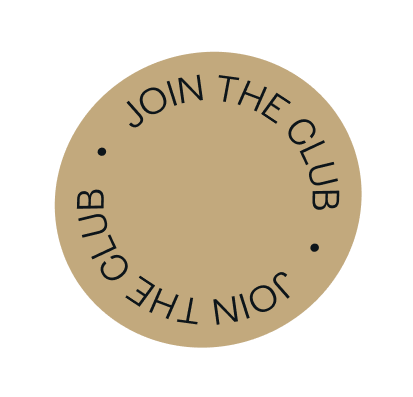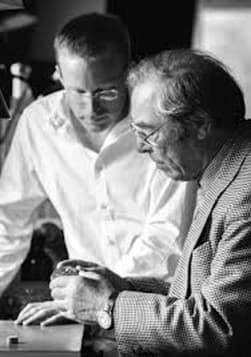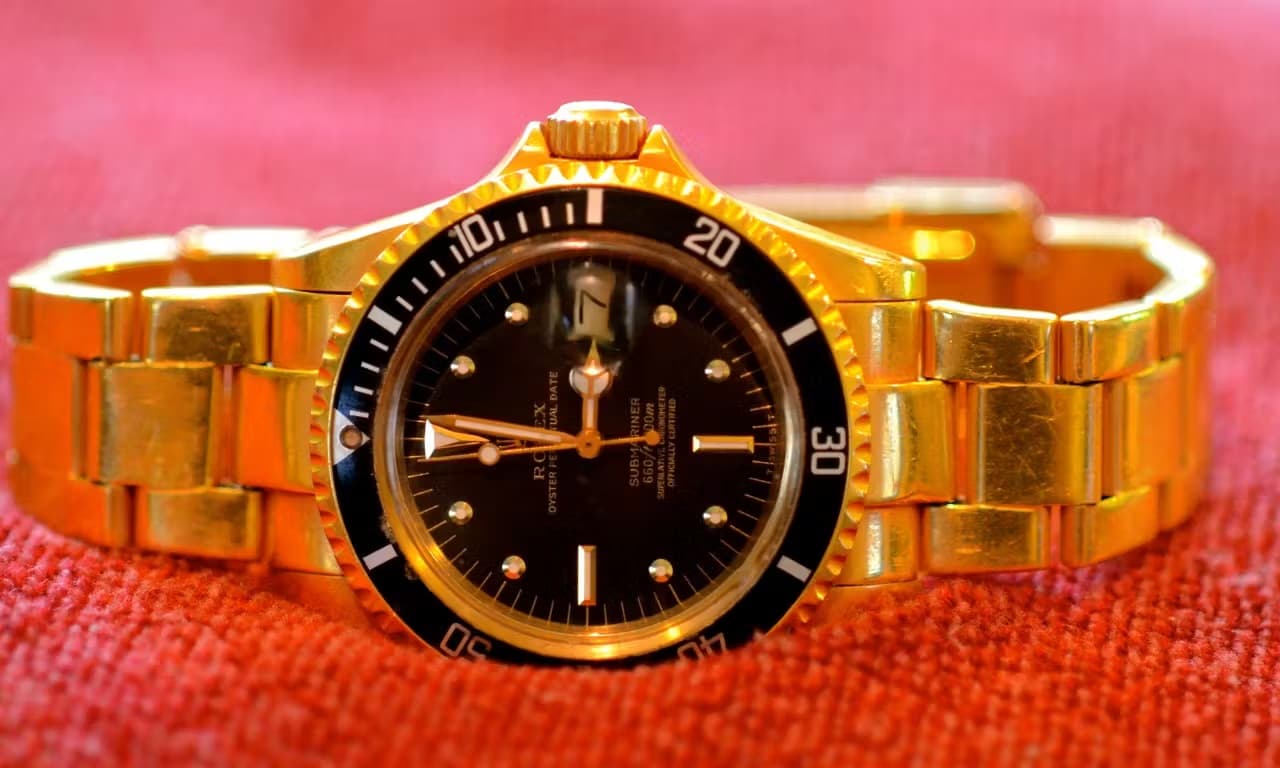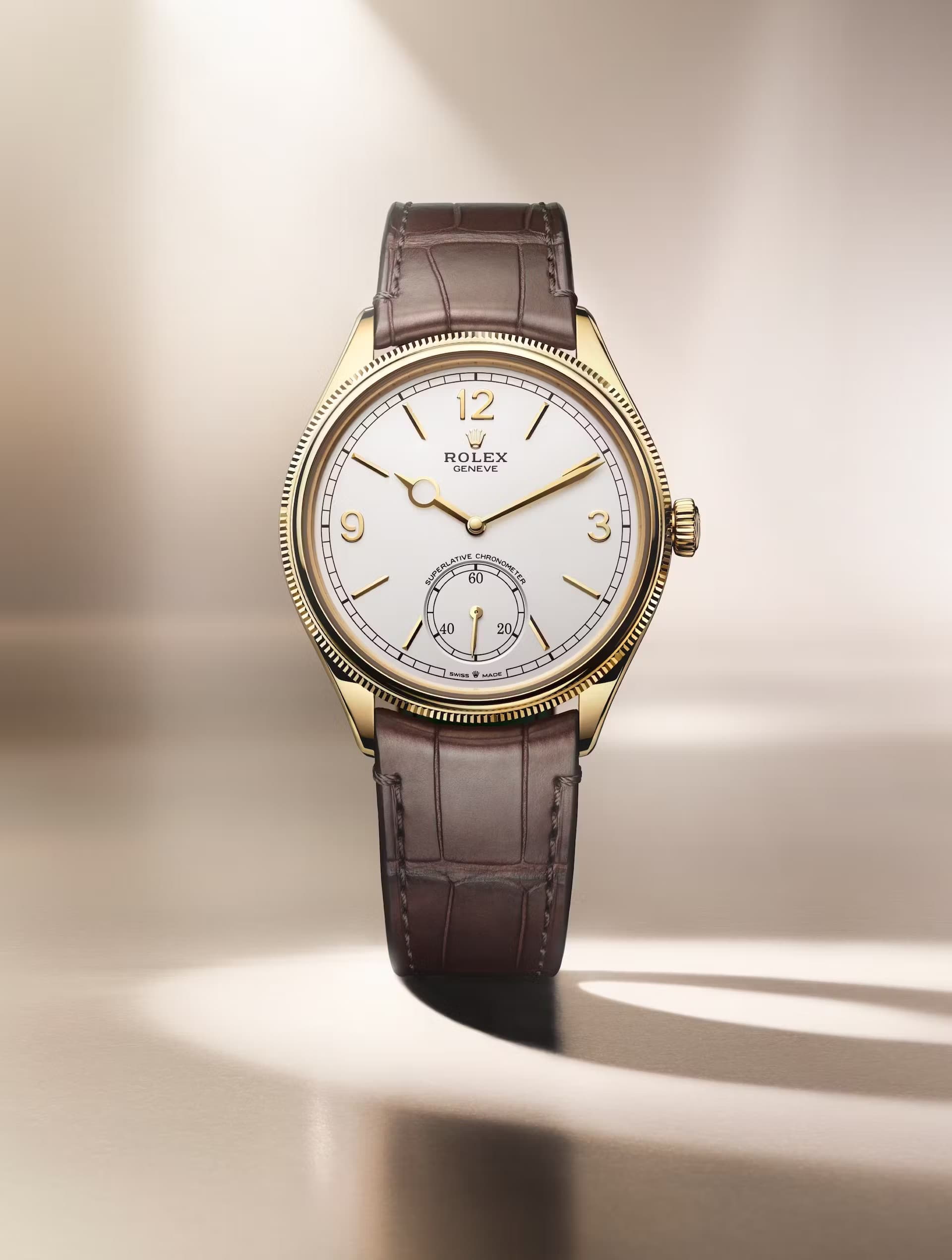The Watch Collectors’ Club regularly hold events to look at specific watches from famous brands. This is to help our members explore the watch world in depth, and take advantage of the large and interesting range of watches retailers have, especially when it’s the anniversary of a particular watch. This year sees the 60th anniversary of the TAG Heuer Carrera Chronograph, and we celebrated it with an in-store event in London this week. Today’s Blog Post will bring you the story of the watch, as we told it at the event.
TAG Heuer’s Long History of Chronographs
TAG Heuer has been creating timing instruments since almost the beginning. Their first patent for a timing instrument came for a pocket watch chronograph in 1880, and in the 19th Century, they made timing instruments for industrial and sports use. Before the second world war, they made them for automobiles and aircraft with great success. Heuer supplied wristwatches alongside their timing instruments in both Europe and America, and there is a range of classic chronographs made in the 1930s, 40s, and 50s that are typical for their time. Other watch companies at that time did not really make many chronographs, but it was a core of the Heuer range.
 Heuer dashboard timers from the 1970s featuring a clock on the left and a chronograph, or stopwatch on the right. Source: Sothebys.com
Heuer dashboard timers from the 1970s featuring a clock on the left and a chronograph, or stopwatch on the right. Source: Sothebys.com
In 1905 TAG Heuer was the first company to file a patent for a clock that would be attached to the dashboard of a motor car. Cars had only been around for 20 years at that point, but people were already racing each other and needed help timing their journeys. Heuer went on to become a famous supplier of dashboard clocks and stopwatches, especially when the sport of Rally Driving became popular. Later in the 20th Century TAG Heuer was the go-to supplier of these instruments for rally drivers across the world.
Jack Heuer was the great-grandson of the founder Edouard Heuer. He got involved with the company in 1958 and swiftly brought some youthful vigour and professionalism to the firm which then numbered around 200 people. One of the first decisions they made was to stop producing time-only watches as they couldn’t compete with cheaper Swiss firms. They went all-in on stopwatches and timing instruments. He was also very interested in Motor Racing and tried his hand at rally driving and attended Formula 1 Grand Prix in the 1950s. It was at one of these that he learned about the Carrera Panamerica rally race that was held across Mexico. He loved the sound of the name Carrera and trademarked it for a watch not long afterwards.
 A First Series Carrera from 1963. Source: onthedash.com
A First Series Carrera from 1963. Source: onthedash.com
He decided that TAG Heuer should launch new chronographs, and in 1962 first, the Autavia was launched and then in 1963 the Carrera. This new look chronograph had up-to-date styling, with large, clean dials, and sharp lugs. They used the three-register Valjoux 72 movements. The rest of the decade saw a variety of designs introduced, but the main change came following the 1969 introduction of the Chronomatic automatic chronograph, which was both self-winding and included a date function at the six o’clock position.
This movement was bigger so required a case redesign, and there is a large range of very funky 1970s-style Carrera’s that display the use of colour and interesting design that has always been a hallmark of TAG Heuer design.
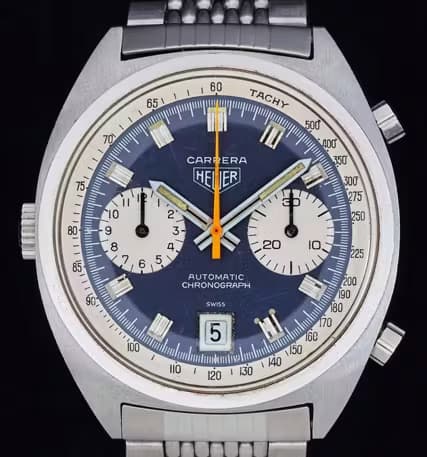 A 1970s Automatic Carrera Chronograph Source: onthedash.com
A 1970s Automatic Carrera Chronograph Source: onthedash.com
Jack Heuer knew the value of marketing and made sure that he got his watches on the wrists of famous Formula 1 racers in the 1970s. He sponsored whole teams such as Ferrari, and also individual racers like Jo Siffert, Nicki Lauder and Clay Rigazzoni.
The struggles of the Swiss watch industry in the 1980s saw the Carrera discontinued and Jack Heuer was forced to sell Heuer to keep it going. It was later reborn as TAG Heuer and the Carrera was relaunched in 1995. Since then there have been a large variety of models with different stylings, but recently the brand has returned to the more classic stylings of the original Carrera.
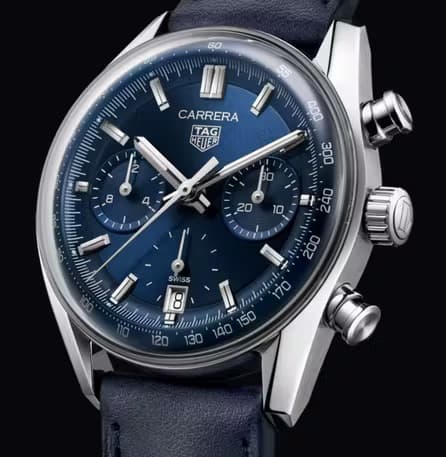
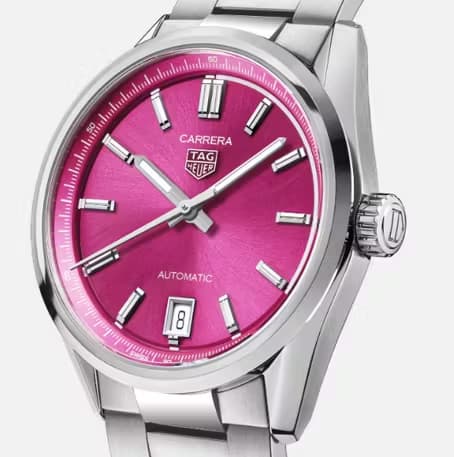
The range is now revamped with options from time and date only in lots of funky colours to the classic triple register chronograph date we know from the 1960s and 70s. There are many different colour options, and there are even some exciting complications such as a tourbillon.
The TAG Heuer Carrera is just one of the ranges from the brand that have many interesting twists and turns in their histories. There are many great stories associated with the watch, and it’s a mainstay of the current collection. It’s a privilege of The Watch Collectors’ Club to explore these models, and we hope that you’ll be able to join us at future events where we take a deep dive into a classic watch and try on the modern descendants.
Continue exploring
Dive into more content from The Watch Collectors Club.
